Behavior Management Teaching Resources
Bring your classroom behavior management to the next level this school year with behavior management strategies and systems, classroom rules and expectations, student and classroom reward charts and more resources created by teachers for teachers like you!
This collection of teaching resources was developed by the expert teachers of Teach Starter to save teachers valuable time with printable and digital options ready to be downloaded and used — no extra prep necessary!
Just getting started with this part of your overall classroom management strategy? Jump in with this quick guide from our teacher team, including a definition of behavior management and strategies you can use in your classroom.
What Is Behavior Management?
Behavior management is a proactive strategy for teachers to handle behavior in the classroom. By setting up solid student organization strategies, creating clear rules and expectations, and providing consistent feedback, teachers set students up for success.
A good behavior management strategy will give students:
- Specific expectations
- Positive reinforcement when expectations are met
- Fair and consistent consequences when expectations are not met
One of the most popular behavior management strategies these days is CHAMPS, which stands for Conversation, Help, Activity, Movement, and Participation. The goal is to provide students with an instructional structure that promotes responsibility and motivates students.
Why Is Behavior Management Important?
Strongly backed by research, behavior management strategies like CHAMPS have been shown to:
- Provide students with a sense of connection to school and their peers
- Promote a productive learning environment
- Minimize classroom disruptions
Behavior Management Strategies to Use in Your Classroom
Before we dig in too deeply, it's worth stressing that the goal of the strategies you're about to read is to accentuate the positive, that is, to keep control of the behavior in your classroom in a positive way.
We've also included a mix of strategies that will help you prevent negative behavior as well as some simple things you can do to curb unwanted behavior in the classroom.
Redirect
This technique is simple, yet effective. When you notice a child is off-task, simply move their attention from one thing to another. For example, if one student is distracting another student, you may direct their attention to the work at hand by saying you'll be over in a few minutes or simply asking that student what they are up to.
Ignore Secondary Behavior
When a child is being warned about inappropriate behavior, you may notice a secondary behavior, such as an eye roll or a delayed response to a question. This behavior is often to avoid humiliation in front of peers.
If the initial poor behavior has stopped, ignoring the secondary behavior — as long as no one is in danger and it hasn't caused additional classroom disruption! — can prevent the situation from escalating. If you feel you need to, you may opt to talk to that student one on one after the lesson to reflect on the situation (without the audience of the other students).
Plan Your Transitions
A transition in a classroom is when a student moves from one activity to another. It can be a significant change such as transitioning from gym or the cafeteria back into the classroom or a more minor change such as transitioning from time on the carpet back to their seats.
For little brains, transitions can be tricky as they need to go from an active state to a focused state ready for learning, and this is where inappropriate behavior may start to fester.
Planning for how you and your students should transition can help avoid this situation from escalating. A simple transition for the example of going from PE back to class, for example, could be to use a fun movement such as walking like a ballet dancer back to class.
Make sure to explicitly teach students what they should be doing during transitions, so they know the sort of behavior you expect!
Offer Choices
Providing a student with choice is extremely powerful! It makes them feel like they are in the power seat, when in fact, you've planned it out beautifully! When you notice inappropriate behavior, instead of issuing a demand, offer a student a choice of two options. The first choice would be the route you'd like them to take. The second is the consequence of not taking the first option.
For example, "Zane, would you like to remove yourself from the distracting spot you're sitting in, and complete your work? Or, would you like to stay with me at lunchtime to complete the work then?"
You'll find that most of the time, the student will take the better option in this scenario.
Attention Grabbing
This is similar to the "redirect'" option, but this is a strategy to use if a number of students are starting to get off task. Use some fun attention-grabbing techniques like call and response ( you can download our Attention Grabbing Phrase Cards and use those!).
You can then redirect the group's attention back to the work by providing some more information that may support them in finishing the task.
Use Positive Non-Verbal Reminders
You don't always have to use your voice for your behavior management to work. Non-verbal reminders can be equally powerful and limit the disruption to the class. Simple non-verbals like stopping what you're saying and smiling at the student who may be off task is sometimes all that is needed for some students. This lets them know you know they're off-task in a gentle way.
Another non-verbal reminder is to just lower your body down to the level of the child while you continue with the teaching, or do a simple tap on their desk as you walk past.
Set Up a Calm Corner
Little kids experience BIG emotions, and often when they are trying to deal with these big emotions, they struggle with self-regulation.
Another behavior management strategy that will work for some children is just some time away from the hustle and bustle of the classroom. If you have the space, set up a corner of the classroom for students to 'chill out.' You can fill the space with fidget toys, weighted blankets, wobble cushions, a tub of sensory toys and similar objects.
If you are noticing a student that isn't responding to the smaller behavior management strategies, 5 minutes in the chill-out corner/area may help this student.
Another idea — sending a student to another teacher with a note that says something simple such as "John needed some space." This gets the student out and about and gives them some purpose by having the very important job of delivering the note to the other teacher.
Get Them Moving
We know a student's attention span is short, and yet we expect them to sit and listen and use their brains for long periods of time ... often longer than their age allows. Ensuring you have had a lot of movement integrated into your day is a great way to limit the number of behavior situations you may encounter in a day.
It could be as simple as a "stop work and stretch at your desks" type situation, but you may be surprised by how planning these active brain breaks into your day can improve behavior in the classroom.
- Plus Plan
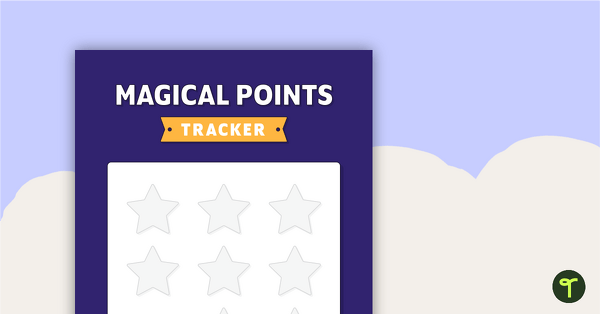
Mystery Student Magical Points Tracker
Track the behavior of your daily mystery student with this tracker template.
- Plus Plan
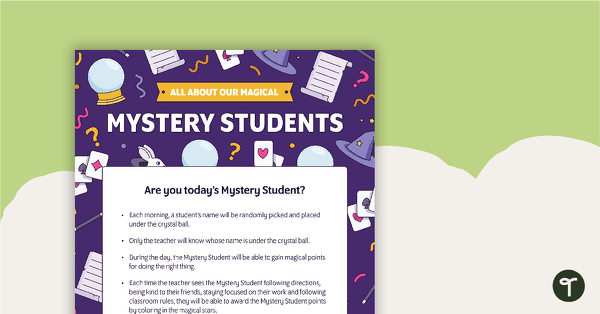
Mystery Student Information Poster
Mystery Student behavior management strategy information poster.
- Plus Plan
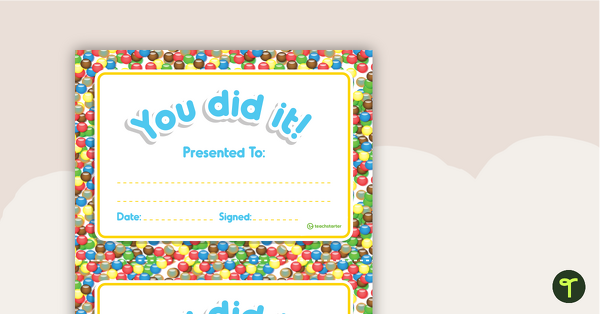
Chocolate Buttons - Award Certificate
A chocolate button award to provide positive feedback and encouragement to your students.
- Plus Plan
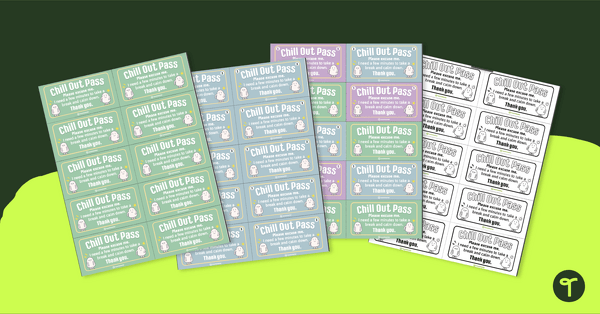
Chill Out – Classroom Break Passes
Give your students a work break to stop behavior problems before they start with our printable Chill Out Passes.
- Plus Plan

Race Around The World - Class Behavior Management System
Encourage positive classroom behavior with this whole-class competition between the teacher and students.
- Plus Plan
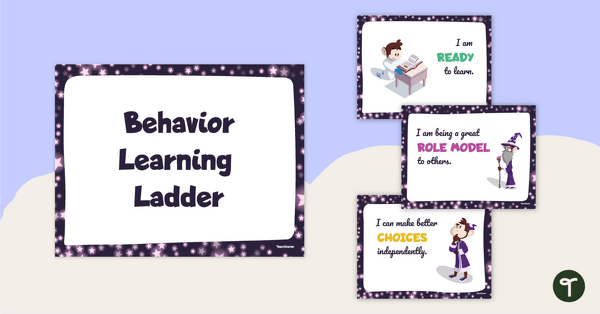
Behavior Learning Ladder - Vertical Chart
Track your students behavior in the classroom with this set of 7 posters.
- Plus Plan
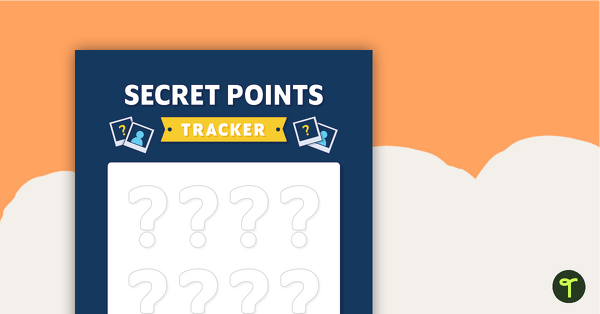
Secret Student Mystery Points Tracker
A mystery conduct tracker for your daily Secret Student.
- Plus Plan
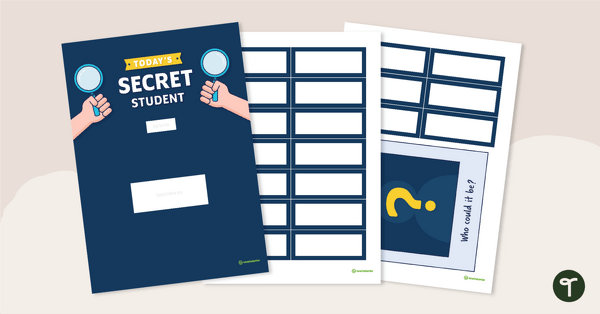
Daily Secret Student - Behavior Management System
A themed display for the daily Secret Student, a fun and easy conduct management strategy for your classroom.
- Plus Plan

Our Classroom Rules - Set of 8 Posters
Remind students of classroom rules and expectations with this set of 8 posters.
- Plus Plan
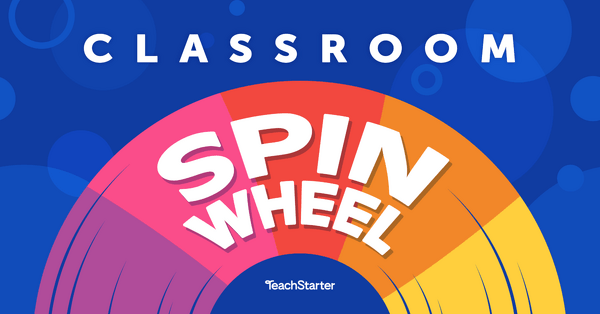
Classroom Spin Wheel
Ready to use the online spin wheel? Our teacher team has plenty of ideas for using this fun tool in the classroom!
- Plus Plan

Random Name Picker
Use this free random name picker in the classroom when choosing a student to complete a task, answer a question or participate in an activity!
- Plus Plan
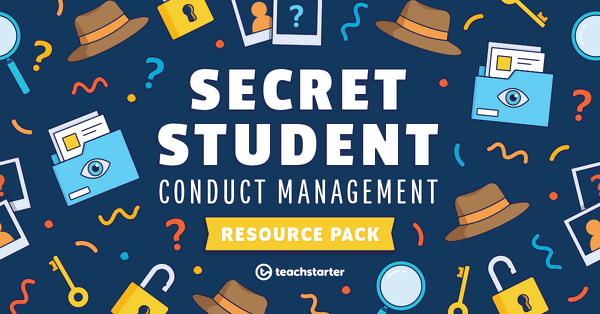
Secret Student Conduct Management Resource Pack
Create a mystery conduct management strategy in your classroom with a daily 'Secret Student'.
- Plus Plan
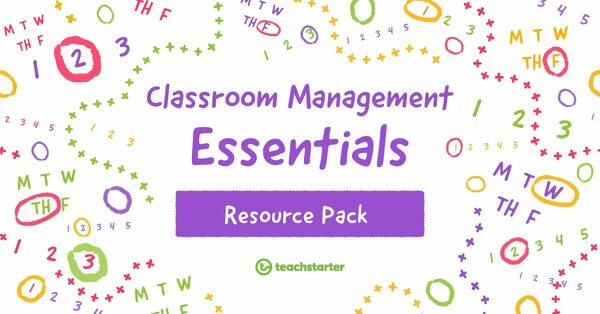
Classroom Management Essentials Resource Pack
Ten classroom management resources that every teacher can use.
- Free Plan
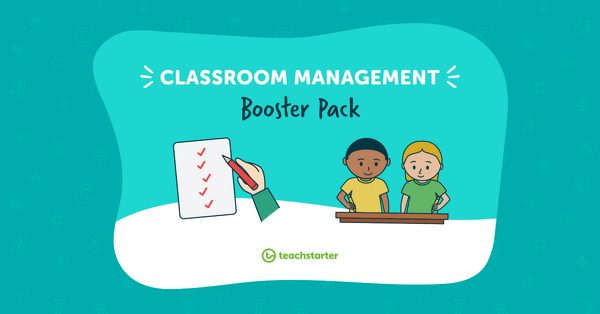
Free Classroom Management Booster Pack
A free sample pack that includes six classroom management resources.
- Plus Plan
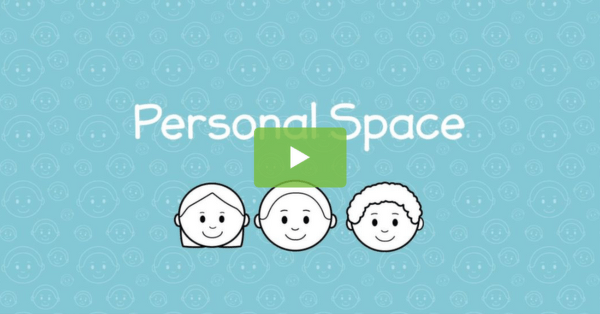
Personal Space – Social Story Video
This social story video reminds students to allow others to maintain some personal space.
- Plus Plan

Keeping My Hands and Feet to Myself – Social Story Video
This social story video reminds students of the importance of keeping their hands and feet to themselves.
-
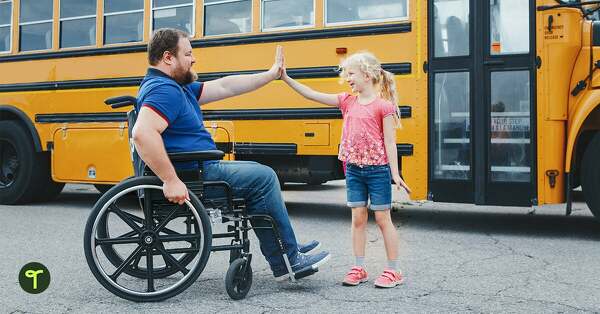
What Is PBIS? Everything Teachers Need to Know About This Positive Behavior Framework
Is your school implementing PBIS? Find out what this framework for behavior is all about, get ideas for PBIS rewards and, of course, learn what PBIS stands for!
-
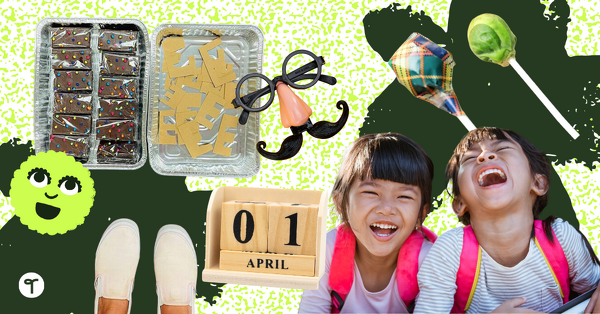
17 Creative April Fools' Day Pranks + Activities for Elementary School Teachers
Try these April Fools' Day pranks for school to get your elementary students laughing.
-
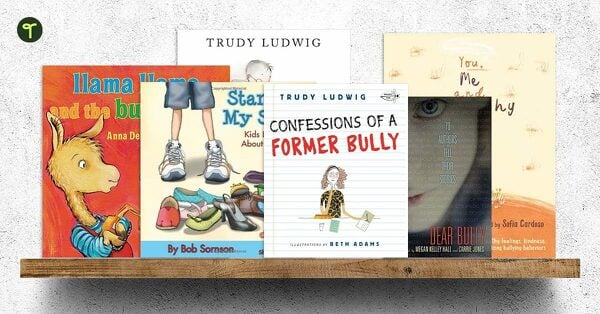
Best Books About Bullying to Nip Classroom Behavior in the Bud
Read books about bullying to kids in your classroom to open up discussions about anti-bullying behavior and how to practice kindness and empathy.
-
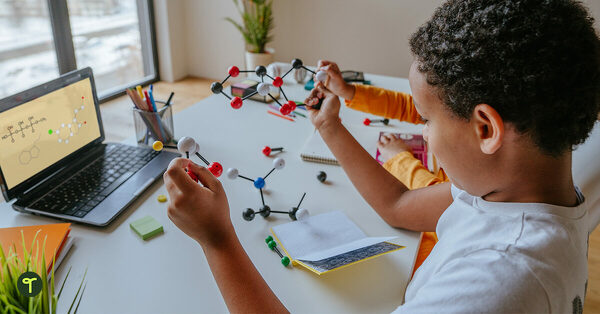
How to Engage Students in Remote Learning: What the Research Says
How do you get students engaged with remote learning? We dove into the research for tips for teachers.
-

32 Call and Response Ideas for the Classroom From Music, Movies and More
Get new call and response ideas for the classroom to grab student attention and make a more fun atmosphere for your students.
-
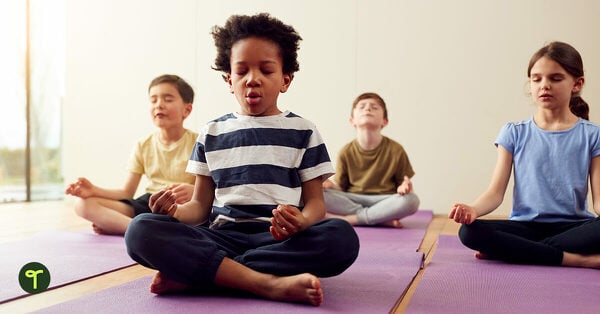
Quick + Simple Mindfulness Activities for Kids in the Classroom
Check out these mindfulness activities for kids that can work in a classroom setting. They take just 5 to 10 minutes a day for social and emotional learning!
-
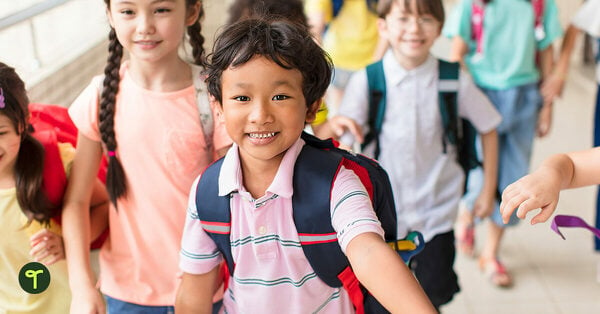
17 Must-Try Classroom Routines for Elementary Teachers
Developing set classroom routines in elementary school helps to prevent distractions that waste time and interfere with learning.
-
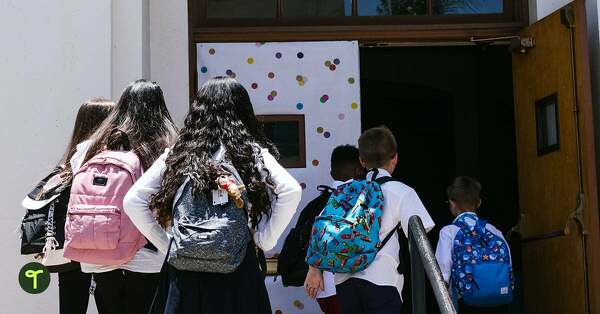
17 Classroom Management Strategies & Examples That Really Work
Explore easy classroom management strategies and ideas from other teachers to keep the classroom running smoothly and meet the 3 C's.
-
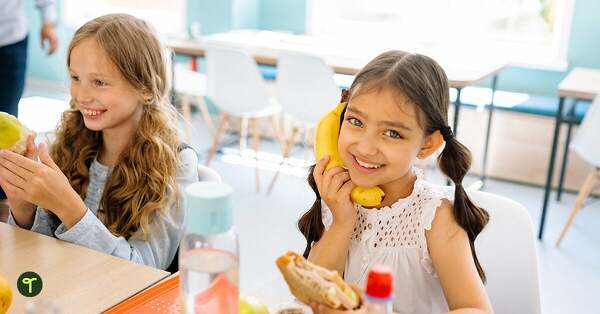
10 Calming Activities for Kids to Try After Lunch or Recess
How do you settle a class after lunch? These calming activities for kids can help!
-
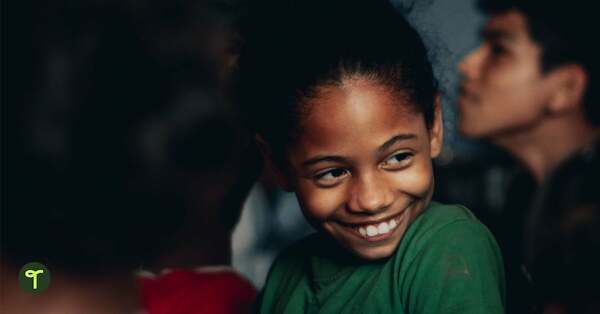
29 Teacher Jokes That Will Crack You (And Your Students) Up!
Teacher jokes are good for the soul, and these jokes for kids can help build community plus help your students with long-term memory!
-

13 Quick and Fun Daily Classroom Fitness Activities
Quick, easy, and fun classroom fitness activities you can do with your students as brain breaks or to get them exercising!
-
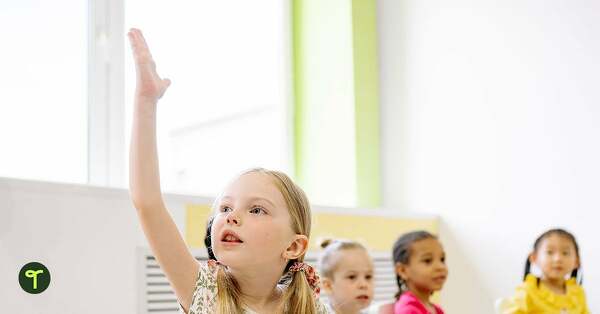
How to Stop Tattling in the Classroom: 10 Expert Teacher Tips to End This Behavior
Get teacher tips on how to stop tattling in the classroom and how to help kids tell the difference between tattling and telling.
-

How to Talk to Students About Cheating (And Prevent It in the First Place)
Get expert tips on how to talk to students about cheating and how to prevent cheating in your classroom!
-
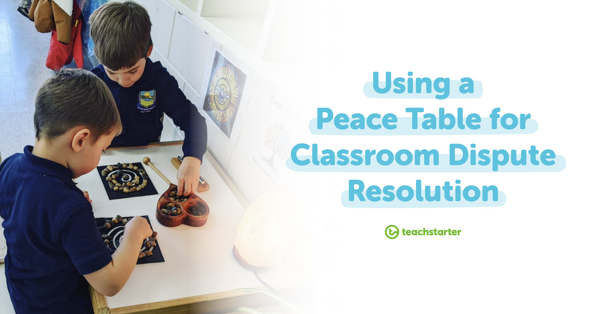
Why Montessori Peace Tables and Peace Corners Have Jumped to Public Schools
Montessori-style peace tables are being adopted by mainstream classroom teachers to effectively teach young children conflict resolution skills!
-
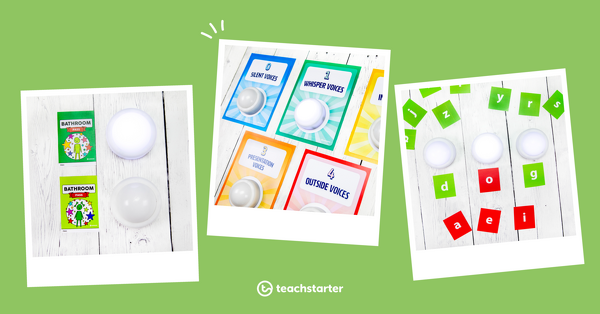
9 Brilliant Ways Tap Lights Can Be Used in the Classroom
Tap lights, puck lights, push lights: Whatever you call them, here are great ways to use them in your classroom!
-
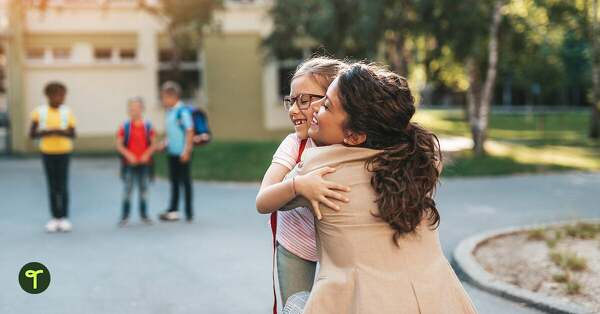
How to Build A Parent Teacher Relationship That Will Help Students Succeed
Build a positive parent-teacher relationship with these teacher-tested tips for getting parents more involved in their kids' education.